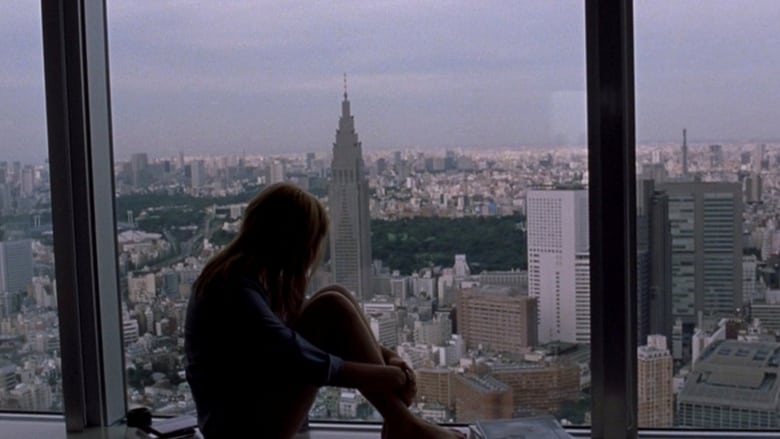Exploring urban isolation in neon-lit films
Discover movies where glowing cityscapes illuminate the profound loneliness of their inhabitants. These films use stunning visuals to explore themes of detachment and solitude in bustling metropolises.

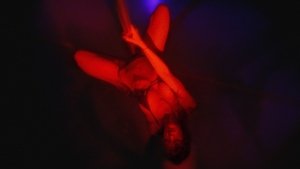
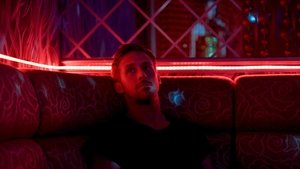
Cities, with their towering structures and endless flow of people, often paradoxically serve as backdrops for deep isolation. When these urban landscapes are bathed in the artificial glow of neon lights, that feeling of detachment can become even more pronounced, creating a specific mood that resonates with many.
This particular niche of cinema, featuring lonely figures wandering through dazzling, often futuristic or stylized cityscapes, taps into a universal feeling of being lost in the crowd. Films like Blade Runner, a seminal work, established much of the visual language for this aesthetic, blending noir sensibilities with speculative fiction to create a world that is both breathtakingly beautiful and profoundly melancholic. The rain-slicked streets reflecting neon signs become as much a character as the weary individuals navigating them.
Other films approach this theme through different lenses. Some explore emotional isolation in a technologically advanced world, where connections are sought but often remain just out of reach. Others delve into the psychological state of characters whose inner turmoil is externalized by the overwhelming, sometimes disorienting, city environment. Whether it's the quiet yearning for connection amidst the chaos or the stark realization of one's own solitude under the cold, artificial light, these stories use the neon-soaked city as a powerful metaphor for the human condition in the modern age. They remind us that even in places teeming with life, it is still possible to be utterly alone.
11. Under the Skin (2013)
Jonathan Glazer's haunting film stars Scarlett Johansson as an alien entity traversing Scotland, luring men to their doom. While not set in a traditional 'neon city,' the film powerfully explores themes of isolation, otherness, and the unsettling experience of observing humanity from a completely detached perspective. The landscapes are often stark and desolate, contrasting with moments of chilling urban interaction. The sense of being alone and fundamentally different in a human world is palpable. Unconventional filming: Many scenes were shot with hidden cameras, capturing genuine reactions from unsuspecting members of the public interacting with Scarlett Johansson.
10. Dark City (1998)
Alex Proyas's neo-noir sci-fi film presents a city that exists in perpetual night, where the inhabitants' memories are manipulated by mysterious beings called the Strangers. The city itself is a character, a gothic, shifting labyrinth that traps its residents in a state of confusion and isolation. Rufus Sewell plays John Murdoch, a man who wakes up with amnesia and must uncover the city's secrets. While not 'neon,' its perpetually dark, artificial environment and themes of manipulated reality and profound isolation fit the spirit of lonely people in a strange urban space. Visual influence: The film's distinctive look was heavily influenced by German Expressionism and classic film noir.

9. A Scanner Darkly (2006)
Richard Linklater uses rotoscope animation to bring Philip K. Dick's dystopian vision to life. Set in a near-future California where paranoia is rampant due to a powerful drug called Substance D, the film follows an undercover cop (Keanu Reeves) whose identity begins to fracture. The animated style gives the suburban/urban environment a unique, slightly unsettling feel, perfectly capturing the sense of disorientation and isolation experienced by characters losing their grip on reality. While not strictly 'neon cities,' it captures the essence of lonely people in a decaying, surveillance-heavy urban landscape. The animation: Rotoscoping involves tracing over live-action footage, which gives the film its distinctive, fluid, yet slightly artificial look.
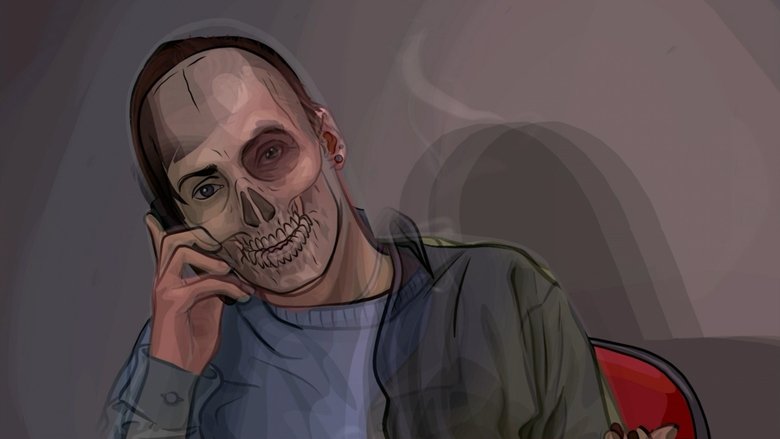
8. The Neon Demon (2016)
Nicolas Winding Refn returns to the theme of beautiful, dangerous places, this time set in the cutthroat world of modeling in Los Angeles. The city, and the fashion industry within it, is depicted as a realm of superficiality, obsession, and isolation, bathed in artificial, often neon, light. Elle Fanning plays Jesse, a young model whose innocence is consumed by this world. The film is a stylized, psychological horror that uses its visual palette to underscore the emptiness and predatory nature of the environment, where characters are isolated by their own ambition and the industry's demands. Refn's signature: Like 'Drive' and 'Only God Forgives,' this film features a strong, synth-driven score that contributes significantly to its unique atmosphere.

7. Akira (1988)
Katsuhiro Otomo's animated masterpiece is set in a stunningly detailed, post-apocalyptic Neo-Tokyo. This sprawling, futuristic city is a character in itself, a place of both incredible technological advancement and deep social decay. The film follows Kaneda and Tetsuo, members of a biker gang, as they navigate this chaotic urban landscape. Themes of alienation, power, and the struggle for identity resonate throughout, set against the backdrop of this incredible, albeit dangerous, 'neon' metropolis. Did you know? The animation in 'Akira' was incredibly complex and expensive for its time, utilizing over 160,000 animation cels and 2,000 colors, many of which were created specifically for the film.

6. Drive (2011)
Another stylish entry from Nicolas Winding Refn, this film features Ryan Gosling as 'The Driver,' a Hollywood stuntman who moonlights as a getaway driver. He is a man of few words, profoundly isolated despite his interactions. The film captures the nocturnal mood of Los Angeles, the lonely drives through illuminated streets, and the quiet intensity of a man living on the edge. While not strictly 'neon,' the city lights and the film's synth-heavy score create a powerful sense of urban solitude and simmering tension. Interestingly: The Driver's iconic scorpion jacket was inspired by the jacket worn by the protagonist in the film 'Scorpio'.
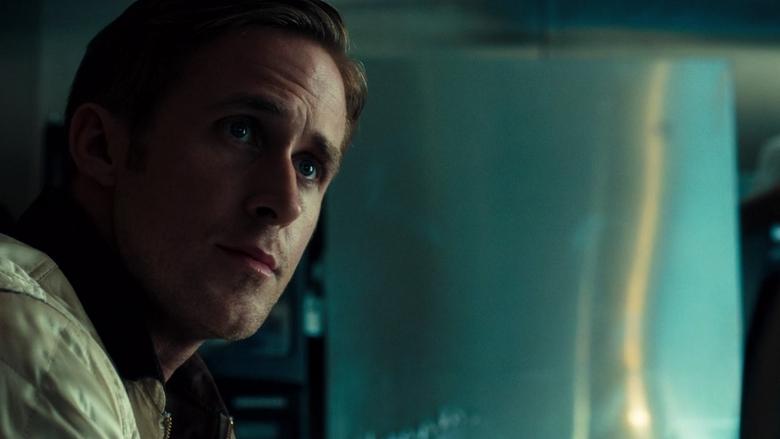
5. Only God Forgives (2013)
Nicolas Winding Refn plunges us into a stylish, violent, and deeply atmospheric Bangkok. This film is a mood piece, dripping with saturated colors and simmering tension. Ryan Gosling plays Julian, an American living in exile, running a boxing club that's a front for drug smuggling. He feels utterly trapped and isolated, navigating a dangerous world where communication is minimal and violence is the primary language. The city's neon glow provides a stunningly beautiful, yet sinister backdrop to his internal and external struggles. Behind the scenes: The film's deliberately slow pace and minimalist dialogue contribute significantly to its dreamlike, oppressive atmosphere.

4. Enter the Void (2010)
Prepare for a visually audacious and disorienting journey through the neon underbelly of Tokyo. Gaspar Noé's film is less about narrative and more about a visceral, out-of-body experience exploring themes of life, death, and reincarnation. The city itself becomes a character, a swirling, intoxicating, and sometimes terrifying landscape of lights and shadows. While the protagonist is not traditionally 'lonely,' the film evokes a powerful sense of existential isolation and detachment as he drifts through this intense urban space. Be warned: This film is known for its challenging subject matter and unique first-person perspective cinematography.

3. Her (2013)
Spike Jonze gives us a tender, futuristic take on loneliness in a near-future Los Angeles that feels both familiar and alien. Joaquin Phoenix gives a truly remarkable performance as Theodore Twombly, a man who finds solace and connection in an AI operating system voiced by Scarlett Johansson. The city, while not overtly 'neon' in the classic sense, is presented as a sleek, hyper-connected, yet ultimately isolating environment where genuine human connection is elusive. Interesting tidbit: The unique high-waisted pants worn by Joaquin Phoenix were a deliberate costume choice to help define the character's slightly out-of-step nature in this future world.
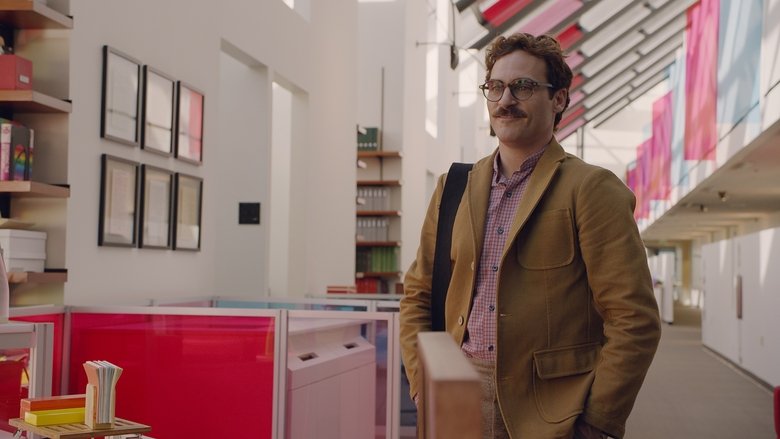
2. Blade Runner (1982)
Welcome to a future Los Angeles unlike anything you've seen before – a sprawling, rain-slicked, neon-soaked urban jungle that feels both futuristic and achingly lonely. Ridley Scott's sci-fi noir isn't just a visual marvel; it's a deep dive into questions of identity, humanity, and isolation. Harrison Ford's Deckard navigates this dense, oppressive city, hunting replicants who are perhaps more human than their creators. Fun fact: The iconic visual style was heavily influenced by the look of Hong Kong and Tokyo street scenes. The film's haunting score by Vangelis perfectly underscores the mood of urban decay and existential yearning.
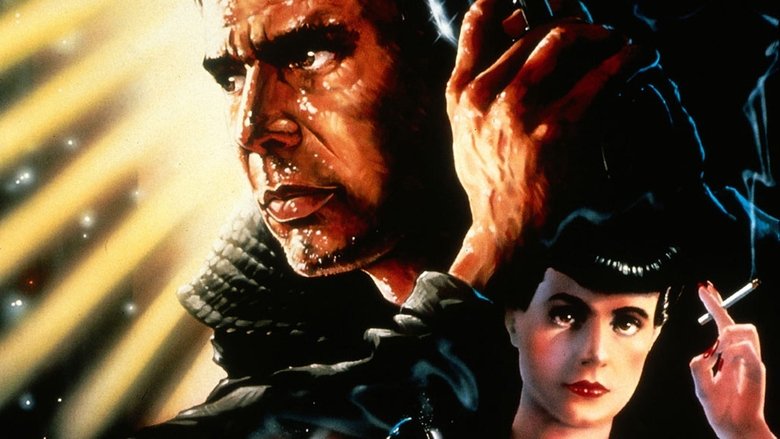
1. Lost in Translation (2003)
This film is an absolute masterpiece for capturing the feeling of being adrift in a foreign, bustling metropolis. Bill Murray and Scarlett Johansson deliver pitch-perfect performances as two souls finding unexpected connection amidst the overwhelming, neon-drenched landscape of Tokyo. Director Sofia Coppola beautifully portrays their quiet isolation and the subtle, profound bond that forms. Did you know? The film was shot largely using available light, giving it that wonderfully authentic, slightly melancholic glow of the city at night. It's less about plot and more about mood, atmosphere, and the poignant beauty of transient human connection.
